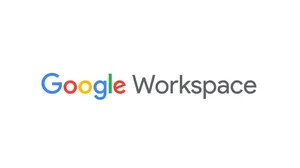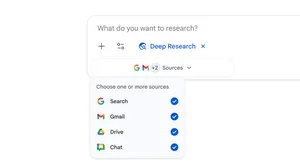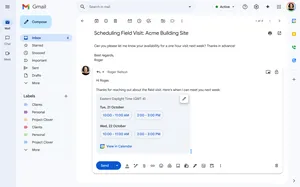The background on Google Meet backgrounds

Recently, you may have noticed a colleague taking their meetings in front of a glowing, lantern-filled market or showing up to a casual chat as an animated moon. Those Google Meet effects were created to celebrate Ramadan, the month where Muslims around the world celebrate, fast, reflect, and come together as a community.
Google Meet’s seasonal Ramadan background featuring softly glowing lighting in an outdoor marketplace.
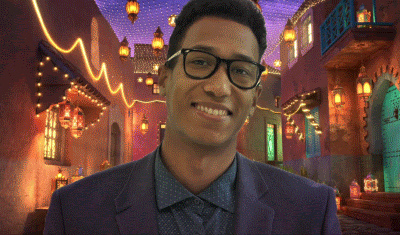
The effects are among a variety of new scenes and backgrounds in Meet planned for 2023, which include more holiday-themed and timely backdrops and filters — as well as some updated staples. (Anyone else work from that light-filled coffee shop?)
“When we started with video effects in 2018, we wanted to add fun and delight to one-to-one calls,” says Magnus Flodman, head of the Meet Media team in Stockholm. They began exploring ways to bring that same technology from mobile devices to other practical applications with video calls on the web. Then the pandemic hit.
“The use of video conferencing exploded — and people needed more options to add more professional backgrounds to their calls,” says Dan Gunnarsson, who leads the team building the effects and video processing technology Meet uses. “So we put our efforts into the highest gear to make it work.” The team launched into overdrive, debuting the ability to blur backgrounds during calls in September 2020, followed by the more advanced filters and background effects that we now enjoy on our calls today.
The tech behind the backgrounds
Meet identifies the separation between the person and the rest of the frame using MediaPipe, a Google machine learning framework designed for live and streaming video processing. MediaPipe runs a combination of machine learning and signal processing that breaks down each still image of your video stream, distinguishing the person from the background — allowing Meet to replace your living room or other workspace with your selected backdrop.
Background effects are now more accurate for Google Meet users on the web. Thanks to improved background and foreground separation, users can experience more accurate background blur, background replace and immersive background and styles.
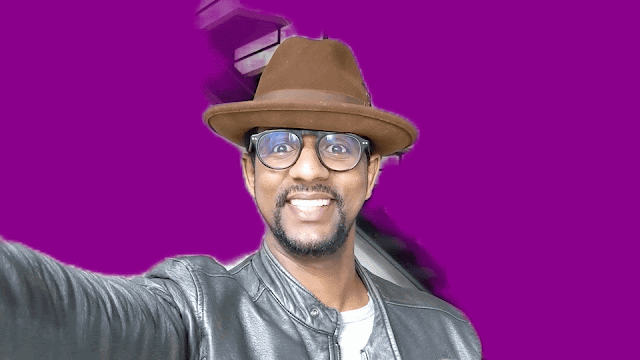
“The big challenge is that we have to do that background separation for every frame,” Dan says. “And we’re sending up to 30 frames per second, so we only have a few milliseconds between each frame to do that computation.” This work also allowed the team to add 360-degree video backgrounds.
All that processing is made even more complicated by the fact that Meet runs entirely in a web browser. This makes Meet far more accessible to people using a range of devices, but creates a tougher technical challenge to ensure effects and filters run smoothly and lag-free, because they don’t have the same access to system resources that a native app might have. “One of our main jobs is to make sure that things work everywhere, whether it's an entry-level laptop or the most powerful PC, by optimizing how that processing works — In close collaboration with Chrome and several other web browsers,” Dan says.
The art of the effect
Since the introduction of background blur, the team continued to expand the library of options over time, replacing old, stock photography shots with more curated scenes for professional meetings and even more engaging, fun filters for day-to-day use.
Meet started with simple blurred backgrounds (left) but has quickly evolved to fully custom and meticulously designed spaces (right) that are correctly scaled with realistic perspectives for calls.

The team works with artists from all over the world to design the different filters. “I start by putting together a content strategy for everything that we want to do for the whole year: What permanent backgrounds and what permanent effects do we want? What older content do we want to replace? What seasonal events do we want to hit?” explains Lauren Morrison, lead designer for Meet’s video effects. “Then we collaborate with artists and agencies on nailing down the designs.”
For cultural moments, the team often turns to Google’s Employee Resource Groups (ERGs). “It’s so important to partner with people who really understand all of the symbolic imagery,” says Lauren. “For this year’s Ramadan effects, I was able to work with Muslims@Google, a chapter of our Inter Belief Network ERG — they talked about how important street markets are at night during Ramadan, when everybody goes out and breaks their fast together. It’s that kind of energy that we wanted to try to capture with this background.”
“Whatever country you call home, the marketplace represents the central location of community, commerce and culture,” says Malik Elarbi, who leads the Muslims@Google Product Inclusion team that helped design the background. “Every Ramadan, these places are beautifully decorated around the world as Muslims come together at sunset with friends, family and loved ones for iftar — the meal eaten after sunset to break fast.”
This kind of collaboration is part of what Lauren loves about her role. “I get to work with really fantastic artists all over the world on our Meet backgrounds and effects, and get to learn about the imagery from different regions and holidays around the world as we make Meet a more inclusive platform,” says Lauren. “It's a joy to get to be inspired by all of these people.”

